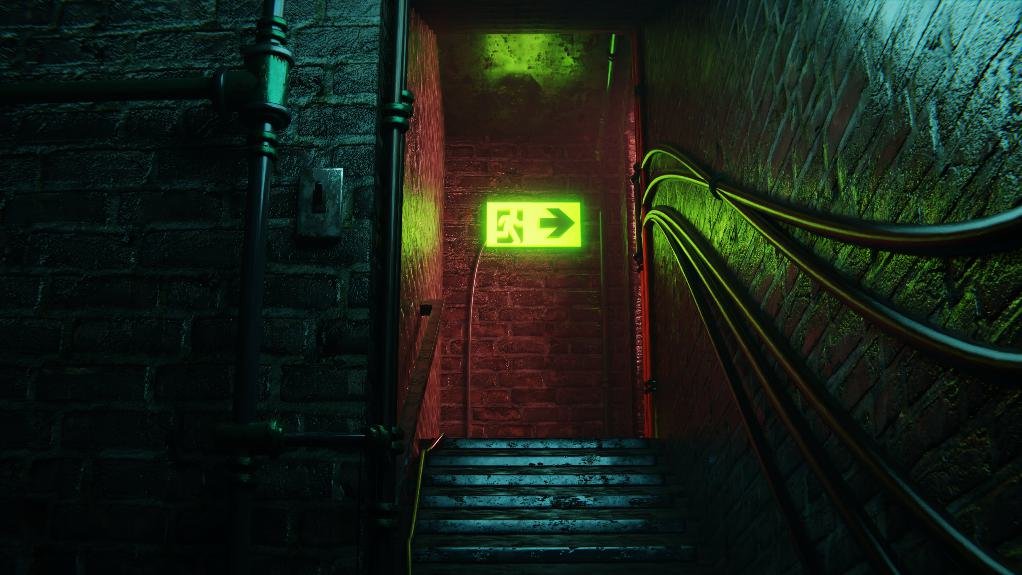To secure your website with SSL is not just a good idea; it’s absolutely essential in today’s digital landscape. From protecting sensitive user data to boosting your site’s credibility, the benefits of SSL cannot be overstated.
But where do you begin? How can you ensure that your SSL implementation is robust and foolproof?
In this discussion, I’ll walk you through the 7 essential steps to fortify your website with SSL, covering everything from selecting the right certificate to educating your users on best practices.
So, let’s dive into the crucial aspects of securing your website with SSL and ensure that your online presence is safeguarded against potential threats.
Understanding SSL and Its Importance

To keep your website secure and protect sensitive user data, it’s important to understand SSL and why it’s crucial.
SSL, which stands for Secure Sockets Layer, is a basic technology that creates a safe and encrypted connection between your website’s server and a user’s browser. This means that any information exchanged between the server and the browser stays private and secure.
By getting SSL certificates, you can keep sensitive data like customer payment details safe from unauthorized access.
It’s not just about data security – SSL also affects user trust and search rankings. Websites without SSL might be flagged by browsers, which could impact how much users trust your site and how well it performs in searches.
That’s why getting an SSL certificate is essential for protecting your website’s data and gaining trust from your users, especially if you run an online store.
Choosing the Right SSL Certificate

When choosing the right SSL certificate for your website, it’s crucial to consider the different certificate types and their validation processes.
Understanding the level of security and trust required will help you make an informed decision.
Research and compare various providers to find the best fit for your website’s security needs.
Certificate Types
You need to consider the level of validation and trust your website requires.
There are three main types of SSL certificates: domain validation, organization validation, and extended validation.
Domain validation certificates are quick to get and only confirm domain ownership, good for personal websites or blogs.
Organization validation certificates authenticate the organization and are great for small to medium-sized businesses.
Extended validation certificates offer the highest validation level and show the company name in the address bar, giving the most trust to website visitors.
It’s important to pick the right SSL certificate type for your needs, whether you want a free SSL certificate or advanced security.
Validation Process
SSL certificates go through a validation process to make sure the website owner is legitimate.
There are three levels of validation: domain validation, organization validation, and extended validation.
Domain validation is the simplest and fastest, just confirming ownership of the domain.
Organization validation requires validation of the organization’s identity along with domain ownership.
Extended validation is the most thorough, involving a rigorous validation process to establish the legitimacy of the organization and its rights to use the domain.
When you choose an SSL certificate, think about the validation process that best fits your website’s level of authenticity and trustworthiness.
Installing SSL on Your Website

You’ll need to complete three important steps.
First, you’ll need to choose the right SSL certificate and obtain it from a reputable provider. It’s crucial to select a suitable SSL certificate that aligns with your website’s security needs.
Second, you must configure your web server to enable the secure connection. This involves making the necessary changes to your server settings to enable SSL.
Finally, after configuring your web server, you must test the SSL installation for proper functionality. This involves conducting thorough testing to ensure that the SSL certificate is correctly installed and that the secure connection is working as intended.
Choosing SSL Certificate to Secure Your Website
Consider the type that fits your technical requirements and budget. Here’s what you should do:
- Decide on the level of validation you need: Choose between domain validated (DV), organization validated (OV), or extended validation (EV) certificates based on how much assurance your secure website requires.
- Figure out how many domains you need to secure: Determine if you need a certificate for a single domain, multiple subdomains, or a wildcard SSL certificate to cover all parts of your website.
- Look for trusted SSL certificate providers: Research reputable companies like Let’s Encrypt or HubSpot CMS Hub that offer the right security features at a good price to keep your website secure.
Configuring Web Server
To make your website secure with SSL, you need to configure your web server by installing the SSL certificate.
First, get the SSL certificate from a trusted Certificate Authority (CA).
Then, log in to your web server and install the SSL certificate.
If you use Apache, you’ll need to change the server configuration file to point to the SSL certificate and key files.
For Nginx, update the server block configuration.
After installation, make sure your web server is set to use HTTPS by default.
Test the configuration to confirm that your website is now secure.
Remember to regularly update your SSL certificate to keep your website secure and protect sensitive data.
Testing SSL Installation
Once you’ve set up your web server with the SSL certificate, it’s important to test the SSL installation on your website to make sure it’s secure for your visitors. Here’s how you can do that:
- Check the SSL Certificate: Use online tools to validate the SSL certificate and make sure it’s installed correctly and valid.
- Browser Test: Open your website in different web browsers to see if the SSL padlock icon appears in the address bar, showing a secure connection.
- SSL Scanner: Use tools to scan your SSL configuration and find any potential vulnerabilities.
Testing the SSL installation is important to ensure your website is secure and trustworthy for your visitors.
Configuring SSL for Maximum Security

For the highest security on your website, make sure to use the newest version of SSL for sending data. Set up SSL to use the strongest encryption protocols like TLS 1.3 and AES-GCM for better security.
Turn on HTTP Strict Transport Security (HSTS) to make sure connections are secure and to stop downgrade attacks.
Enable Perfect Forward Secrecy (PFS) to keep past communications private, even if the server’s private key is compromised.
Use Certificate Transparency (CT) to find any unauthorized SSL certificates issued for your domain.
These settings will really boost your website’s security and keep sensitive data safe when it’s sent over SSL connections.
Testing Your SSL Implementation

To make sure your SSL is set up correctly and secure, use trusted online tools like Qualys SSL Labs for testing.
Then, follow these steps to thoroughly check your secure website:
- Look out for any mixed content warnings that might show insecure elements on your site. You can do this using your browser’s developer tools or tools like Why No Padlock.
- Check that your SSL certificate is valid and up-to-date by checking the expiration date and renewing it if needed.
- Use online services like SSL Checker to confirm that your SSL certificate is installed properly and that it supports all necessary protocols and encryption ciphers.
Renewing and Maintaining SSL Certificates

When you need to keep your SSL certificates up to date, it’s really important to renew them before they expire. This makes sure that your data stays encrypted and keeps your website safe from potential security problems.
Check the expiration date of your SSL certificates and set up reminders to renew them in plenty of time. It’s really important to keep your SSL certificates updated to protect your website and prevent security issues.
Stay on top of your SSL certificate provider’s renewal process and requirements to make sure everything goes smoothly. Some hosting providers offer automated SSL certificate renewal services to make the process easier and keep your website secure without any interruptions.
Educating Users on SSL Best Practices

Make sure your website users know how important it’s to keep their data safe with SSL encryption and the best ways to maintain a secure online environment.
- Teach users about the importance of SSL certificates in protecting sensitive data. They can get these for free from hosting providers or certificate authorities.
- Stress the use of strong passwords and two-factor authentication for better security.
- Show the significance of doing regular website backups and training your staff to spot and avoid potential security threats.
Conclusion
Congratulations! You’ve gone through 7 important steps to make sure your website is safe with SSL. Now your website is better protected from bad guys trying to cause trouble.
You’ve made smart choices, set things up, tested it out, and made sure everything is working well.
Remember to keep an eye on things and keep everything up to date so your website stays safe for a long time.
Keep up the good work!




